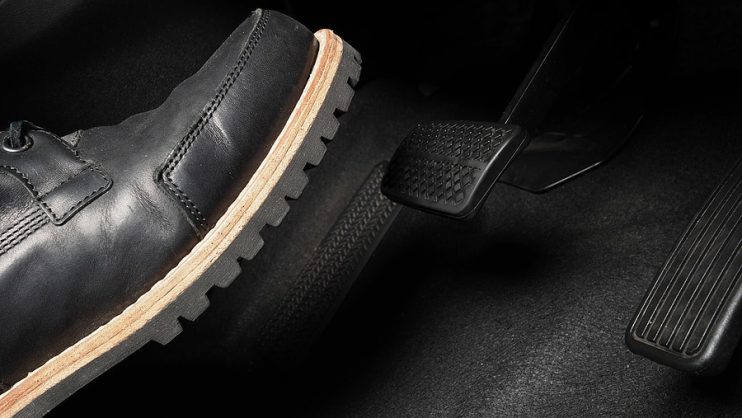
Putting your foot down in the car to slow down, only to find your brakes aren’t working, has to be one of the scariest experiences behind the wheel of a car. Hopefully one that most people will never have to face.
Whilst most modern cars have the latest technology, safety features and are rigorously tested to prevent and warn of braking issues, it’s worth knowing what to do in case there’s a failure. So if the worst does happen, how can you quickly reduce your chances of injury and creating danger to others out there on the road?
Table of contents:
- Don’t Panic
- No Accidental Acceleration
- Warn Other Drivers
- Take Down the Gears
- Pump the Pedal
- Handbrake Stop
- Keep Your Eyes on the Road
- Don’t Turn Off the Engine
- Resistance Halt – A Last Resort
- Signal for Help
- And Finally
Don’t Panic
The brakes may still respond to increased pressure from the pedal; make your first move pushing down the brake pedal in a hard, yet calm fashion to try to get the system to engage.
No Accidental Acceleration
Whilst it may sound obvious; it is quite common for people under pressure to jam on the accelerator at the same time as they apply the brake. The safe option is to remove your foot from the accelerator pedal the moment you realise the brakes are not responding.
Warn Other Drivers
If you are on a road with any amount of traffic when your brakes fail, then you must make yourself visible, in order to make other drivers aware of your problem. Use the horn and hazard lights to let them know you’re a danger, and indicate to move to the inside lane, or hard shoulder on multiple lane roads.
Take Down the Gears
Going into a lower gear can help reduce the car’s speed. Rather than moving straight into one of the low gears, cycle down through the gears sequentially, whilst you try to stay on the red line on the rev-counter. Turn off cruise control too, if you have such a system. Drivers with older automatics should be able to get the car to downcycle through the gears as they remove their foot from the accelerator.
If your car allows you to switch between manual and automatic gear systems, then select manual and cycle down through the gears – check your owner’s manual for instructions, and practise this technique so you’re not caught out in a dangerous situation. And never put your gearbox in neutral, as this takes away engine braking.
Pump the Pedal
Repeatedly pushing down and then releasing the brakes may cause a build-up of pressure within the fluid system, giving you the strength to slow down. This also has the added effect of causing the brake lights to flash on and off, giving other drivers notice of your issues. Many modern cars have independent power sources for the front and rear brakes, which may mean you still have 50% of your braking power. Try to put it to work.
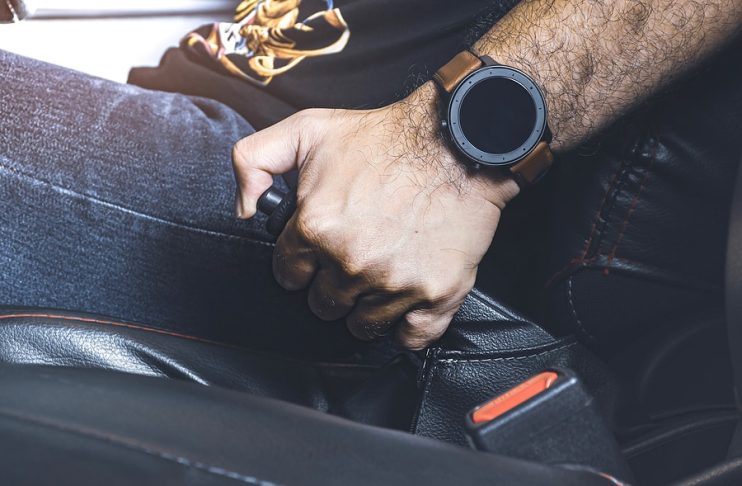
Handbrake Stop
If everything you try with the pedals doesn’t slow you down, the next option is the handbrake. It is a highly effective way of stopping the car, but at speed it can send the car into a skid or spin and can cause the brakes to shatter, so if possible try to reduce the speed to at most 20mph before applying the handbrake. Remember this system takes longer to retard the car’s speed than pedal brakes, so factor in this time delay – and because it applies to the rear brakes, try to take it easy to avoid locking the wheels and causing a sudden spin.
Keep Your Eyes on the Road
And your hands on the steering wheel. Control is crucial in these situations. Move away from the fastest moving traffic on a motorway or dual carriageway and use the inside lane and hard shoulder to avoid other drivers. Remember to signal to give notice of your intentions, and as we mentioned before, use the horn and lights liberally to make other drivers aware.
Don’t Turn Off the Engine
Turning the engine off entirely is dangerous. It will cause the steering wheel and front wheels of the car to lock, making it impossible to control your moving vehicle. Once you have come to a rest, turn the engine off, and don’t turn it back on again.
Resistance Halt – A Last Resort
Using the pavement or other parts of the road to slow down your car will work, but reserve it for the final option as it is highly likely to damage your car. If you’re considering such a move, then keep an eye out for pedestrians and cyclists and try to move away from other motorists.
To slow your car, rub the wheel against the kerb on a smaller road or into the concrete or steel barriers on larger roads. Anything that will retard the car’s motion through heavy friction. In the countryside, grass verges, bushes and hedges will also work. If the choice is running a red or going into someone’s garden, always choose the latter option.
However make sure you avoid walls, particularly rough-hewn stone walls – as these could flip you at a funny angle back into the flow of moving traffic. Driving into a hedge is safer than driving into a wall, pole or a tree, due to the fixed foundations.
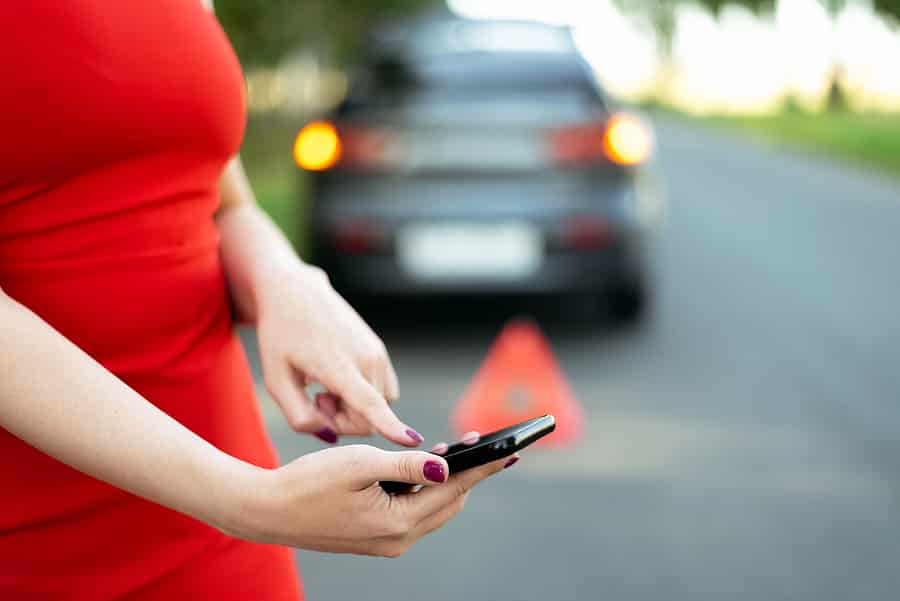
Signal for Help
Do everything possible to allow other cars to know you’re in trouble, if you happen to still be causing an obstruction. Hazard lights, propping up the bonnet and putting out a roadside triangle can all help you reduce the danger. Stand well away from the car (never next to or beside the car as you could get caught in a collision).
Once you have your breath back, then call for the appropriate response team; breakdown or roadside assistance for the car and emergency services for anything worse.
And Finally
Regular brake checks will prevent you being caught in a dangerous or potentially deadly situation. Never miss your service schedule to keep your car in good working order. Keeping an eye on the dashboard lights is important – never ignore these warning systems and get to the mechanics the moment your brake warning light illuminates.
Pay attention to your car at all times, and if there’s a change in the way the brakes play, sound or even feel underfoot, then take a trip to the mechanic. Don’t wait for it to sort itself out.

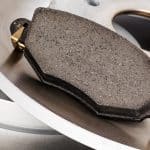
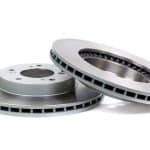
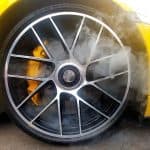
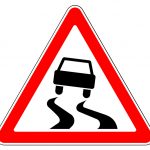
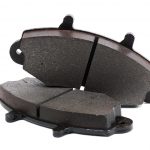
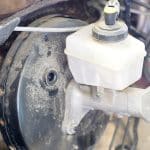
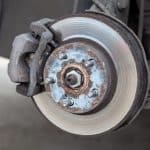
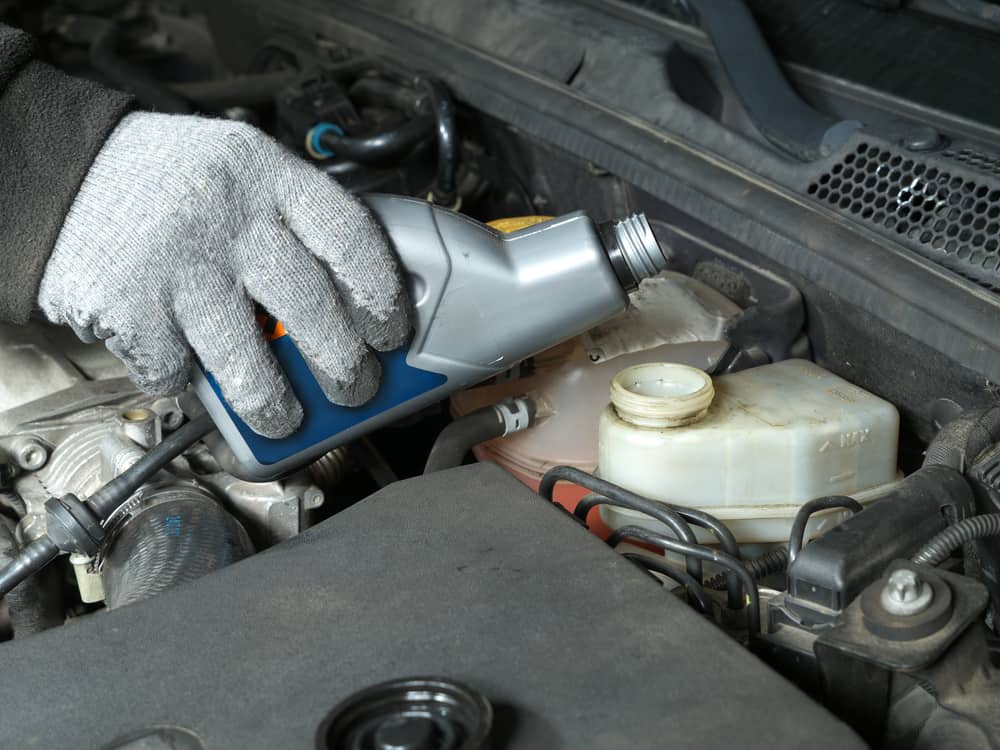
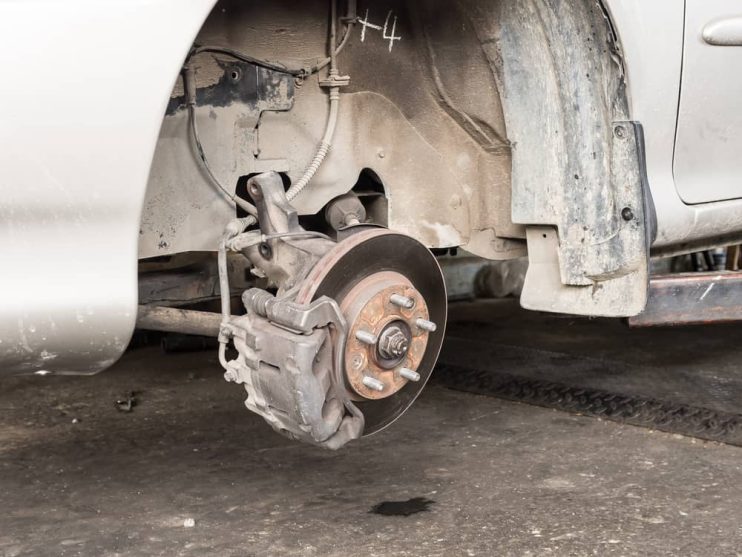
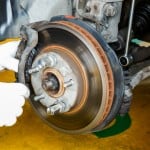

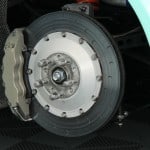
.png)